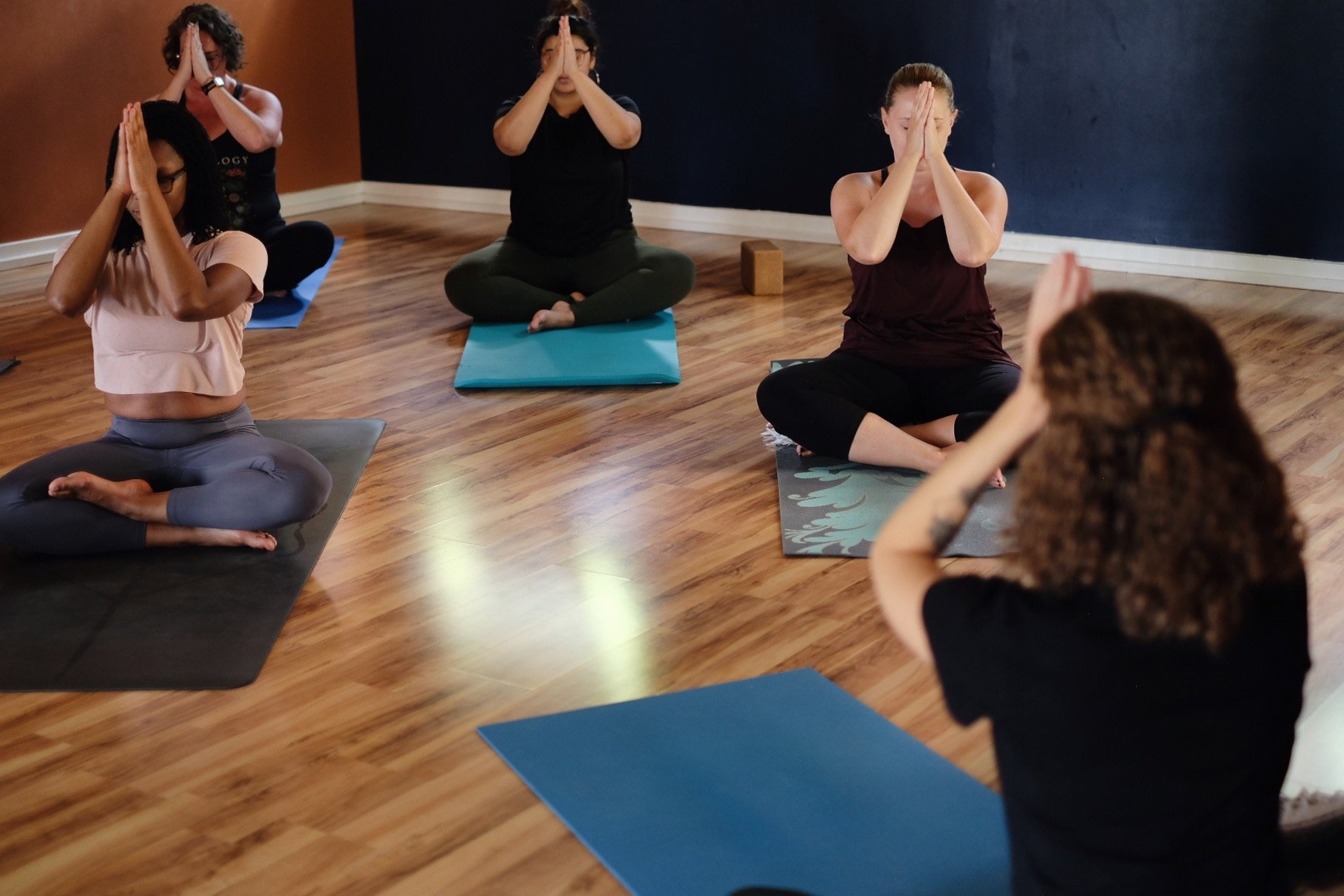Why Listening First?
The idea of using movement, breath and mindfulness to better understand ourselves has been around for thousands of years. The roots of yoga can be traced back to ancient Indian civilizations as early as 6500 BCE. Over time, yoga has changed and adapted as it has moved through different communities and cultures, but at its heart is the idea of knowledge and awareness—of being present with what is.
There’s an idea in yoga philosophy and Patanjali’s Yoga Sutras about all of life unfolding as a series of patterns. Different energies act upon each other in a constant balancing act, a series of cause and effect, to produce the world we experience every day. In the Yoga Sutras these energies are called the gunas. The Taoists described them in the interplay of yin and yang. Today, we might see similarities in how we think about the exchange of energy in physics or chemistry, or the movement of thoughts and ideas in psychology or social movements. Nature, society, our sense of self, and our bodies develop and change as a result of these patterns.
Sometimes it’s hard for us as individuals to notice the patterns, because our minds have their own patterns, too: they get caught up in stories about the past or ideas about the future. This is okay – it’s what minds are supposed to do. A yoga practice is about noticing what is unfolding out of those patterns right now, in the present moment: in our bodies, our minds, and the world around us.
The Sanskrit word yoga means “yoke,” and is often translated as “union.” The practices of yoga – physical movements, breathing exercises, and mindful awareness or meditation – are intended to help us to connect or “unite” our awareness of body, mind, and the world around us, one moment at a time. Over time, this helps us to notice these patterns.
I like to think of these patterns as being like music. There’s a sense of rhythm and meaning that starts to show up as we gain understanding. And there’s a sense of choice that shows up as this knowledge helps us take meaningful action in our lives. The more we practice being with what is, the more we can begin to see the beauty in the world just as it is, even when we experience injury, violence, or heartbreak. And as yoga helps us to become aware in each moment, we often begin to have a new kind of dialogue with ourselves. We develop new relationships with our bodies, our minds, and our world. For this reason, I think of the practice of yoga first and foremost as a practice of listening.
